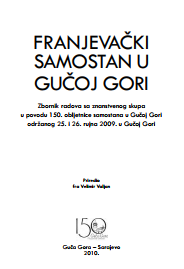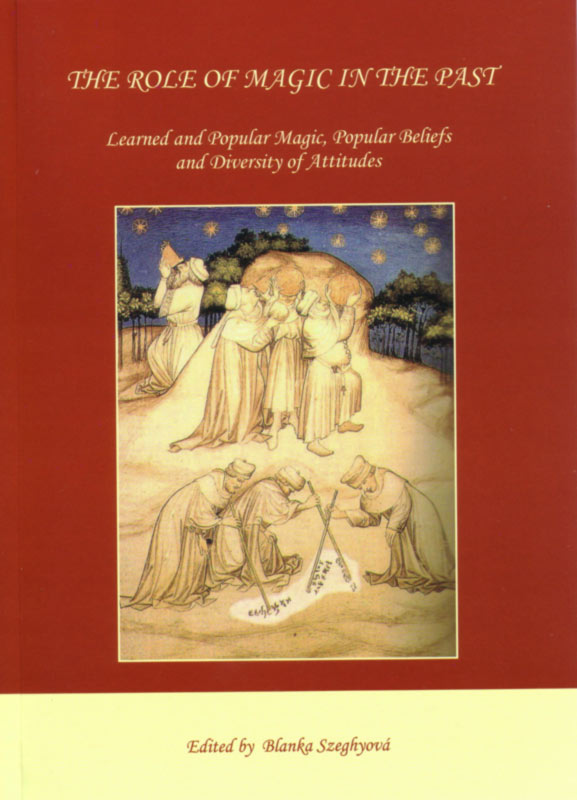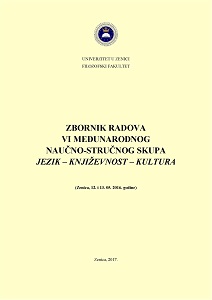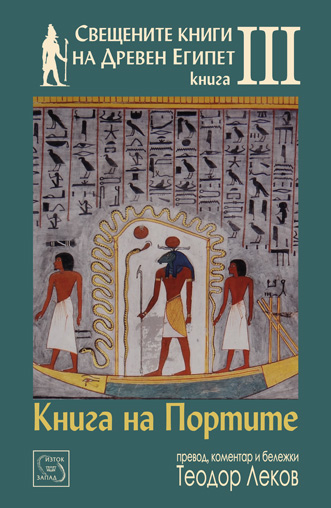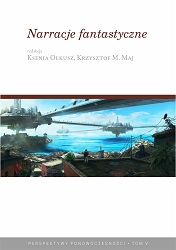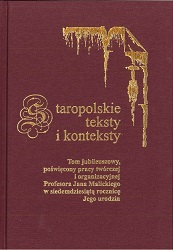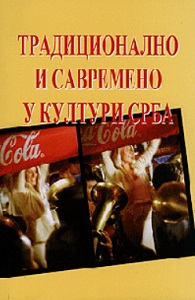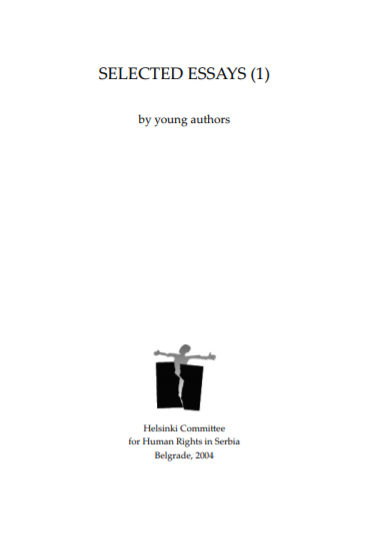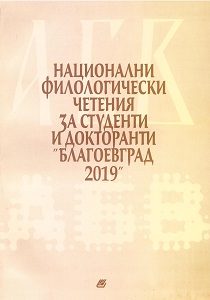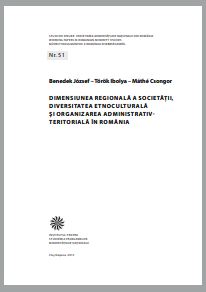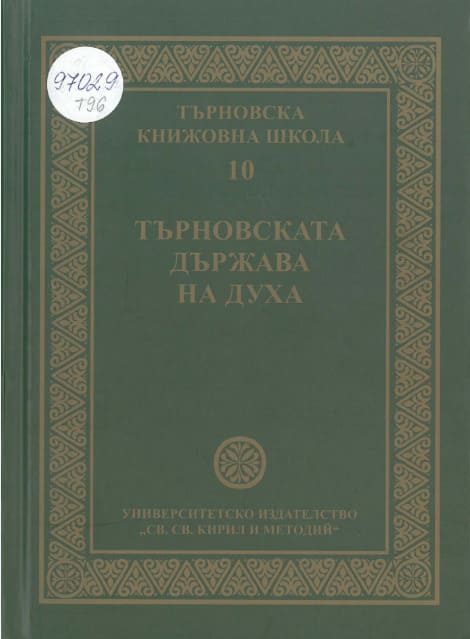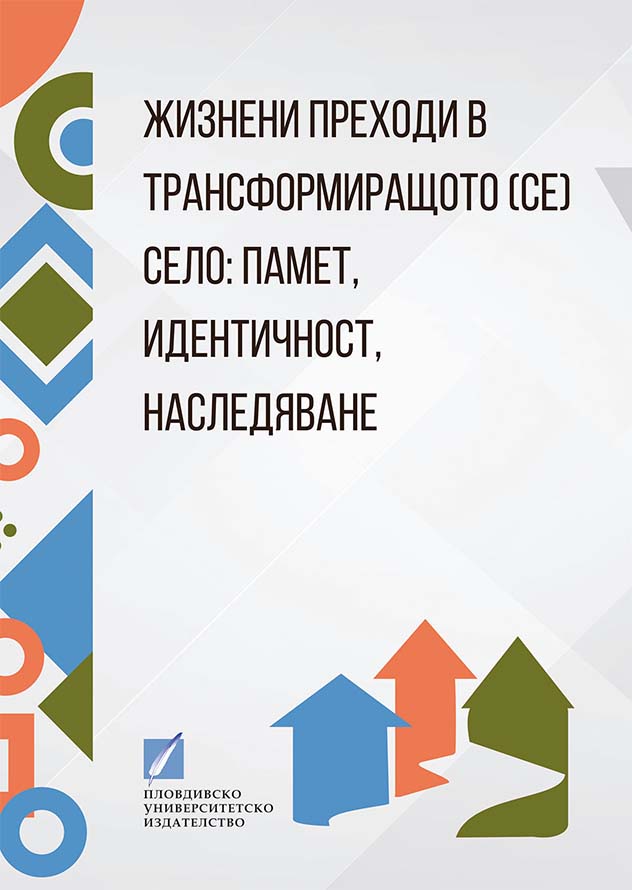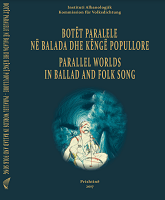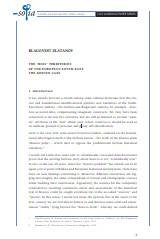
When Tradition is Given a Trademark. Artisanship Within the Museum Folk-Fairs in the 2000s Romania
My text is an attempt to characterize artisanship in Romania following a field research conducted in 2005 within five folk fairs set up by the Museum of Peasants and the Village Museum (Bucharest), the Museum of Villages in Banat (Timisoara), the Astra Museum (Sibiu), and the Museum Complex of Suceava and Bucovine (Suceava).
More...
